By passing pollutants via a semi-permeable membrane, reverse osmosis (RO) technology is a strong means of water purification. Both countertop and whole-house systems featuring this technology meet various purposes. Unlike whole-house RO systems that demand more investment and professional setup but offer filtration for all household water, plug-and-use countertop RO systems provide simplicity of installation and maintenance and are perfect for cooking and drinking. Knowing these variations helps consumers select the appropriate system depending on factors including cost, installation complexity, and wastewater generation.
Countertop Reverse Osmosis Water Purifier
Features and Functions
Countertop reverse osmosis (RO) water purifiers are designed to provide high-quality drinking water through a compact, efficient system. These units operate by forcing tap water through a 0.0001μm semi-permeable membrane, removing almost all impurities such as heavy metals, chlorine, and other contaminants. Their small size makes them ideal for installation in kitchens, bedrooms, or offices with limited space, providing clean water directly at the point of use.
Installation and Maintenance
One of the main attractions of countertop RO purifiers is their ease of installation. Most models are "plug and play," requiring minimal setup, which typically involves connecting the unit to your faucet or water line using adapters. Daily maintenance is straightforward, but users should plan to replace the filter elements every 6 to 12 months to maintain optimal performance. This ensures the consistent removal of contaminants and maintains water quality.

Advantages
Countertop RO systems are economical, with prices generally ranging from $150 to $400, making them accessible for renters and small families seeking improved drinking water quality without significant investment. Their portability means they can be easily moved between different locations, an advantage for those who relocate frequently or live in rental properties.
Disadvantages
However, countertop RO purifiers come with limitations. They produce a small-scale volume of purified water suitable primarily for drinking, brewing coffee, and cooking, not meeting the demands for whole-house needs like bathing. Despite this, they can produce an unlimited amount of purified water daily, perfectly suited to typical household tasks. Additionally, they typically exhibit a wastewater ratio of about 3:1, meaning three parts of pure water generate one part of wastewater. While water is wastewater only when it is wasted, the water can be repurposed for tasks such as watering plants or cleaning, offering an eco-friendlier usage approach.
Reverse Osmosis Whole-House Water Purifier
Features and Functions
Reverse osmosis whole-house water purifiers are comprehensive systems designed to ensure the purity of all water used within a home. Unlike point-of-use systems, these purifiers treat water for all household needs, including drinking, cooking, bathing, cleaning, and laundry. Whole-house reverse osmosis water system is recommended for areas where water contamination is severe, making it unsafe for daily use. This holistic approach ensures that every faucet and appliance delivers clean, contaminant-free water, improving overall water quality throughout the home.

Installation and Maintenance
Installing a whole-house RO system is usually difficult and calls for professional help. Usually ranging from $2,000 to $5,000 or more, this process entails changing the main water supply line to integrate the system, which can be a difficult chore requiring not just time but also extra initial expenses. Similar involvement is involved in maintenance; regular expert service calls are usually needed to evaluate system integrity, change filters, and membranes, and guarantee the best operation. These elements help to explain greater continuous running costs than in smaller systems.
Advantages
The primary advantage of a whole-house RO system is its ability to purify all water entering the home. This means that whether you’re drinking, cooking, showering, or washing clothes, you’re using water free from many common contaminants. This comprehensive purification helps protect plumbing fixtures and appliances from mineral buildup and corrosion, potentially extending their lifespan.

Disadvantages
Whole-house RO systems have significant drawbacks, primarily due to their high initial investment and substantial space requirements. They need a dedicated area for installation, which might not be feasible in smaller and rented homes. The requirement for professional maintenance further adds to their cost over time. Since a whole-house RO system is integrated into the entire home's water supply, regular inspections and timely maintenance are crucial to prevent serious water leaks or flooding. Additionally, unlike countertop systems with a more efficient pure-to-drain water ratio of 3:1, these systems exhibit a high wastewater ratio, typically about 1:4 or 1:5, meaning one part of pure water results in four to five parts of wastewater. This can contribute to substantial water waste, particularly problematic in areas with limited water resources, posing environmental concerns that prospective users must consider before installation.
Usage Scenarios and Applicable Groups
Countertop Reverse Osmosis Water Purifier
Countertop reverse osmosis water purifiers are ideally suited for singles, small families, or renters who prioritize improving the quality of their drinking and cooking water. These systems are perfect for individuals who want a straightforward way to ensure safe, clean water without engaging in complex installation processes or committing to large investments. Because of their portability and compact design, they offer flexibility for those who move frequently or live in spaces where permanent installations are not feasible.

Reverse Osmosis Whole-House Water Purifier
Whole-house reverse osmosis systems are best suited for households located in areas with severe water pollution issues that render municipal or well water unsuitable for daily use. These systems provide a comprehensive solution for families aiming to enhance the quality of all water used throughout the home, from bathing to laundry. Families seeking to mitigate health risks associated with poor water quality or those looking to safeguard their water supply due to environmental conditions will find these systems valuable despite the costly initial investment and maintenance considerations.
Cost Analysis and Benefit Comparison
Examining the expenses related to reverse osmosis water purification systems requires one to take long-term as well as short-term factors into account.
Short-Term vs. Long-Term Costs
Countertop Reverse Osmosis Water Purifiers: Usually ranging from $150 to $400, these systems have a somewhat cheap starting cost. In terms of installation, they are cost-effective since they call for minimal setup and no need for professional direction. Additionally reasonable are maintenance expenses, which include simple, cheap, regular filter replacements. These units provide a reasonably priced way to improve drinking water quality.
Reverse Osmosis Whole-House Water Purifiers: The upfront investment is significantly higher, often between $2,000 and $5,000 or more. Installation requires professional services, adding to the initial expense. Long-term costs include regular maintenance and potential repair services, which can be substantial over time. However, these systems provide comprehensive water treatment that protects plumbing and appliances, potentially saving money on repairs and replacements in the long run.
Benefit Analysis
Both kinds of systems have different advantages that should be considered against their expenses:

Investing in either system can result in major savings by lowering or eradicating the need to buy bottled water, which is not only expensive but also environmentally negative because of plastic waste.
Whole-house systems offer thorough water purification, but their high initial price, continuous maintenance requirements, and significant wastewater generation can make them unfit for every home. Before making such a purchase, households must carefully assess their particular water quality requirements, financial restrictions, available space, and long-term use implications.

Most homes, especially those mostly focused on enhancing the quality of drinking water, find a practical and affordable substitute in a countertop RO purifier. This choice is simpler to maintain, less expensive, and offers enough filtration for daily use.
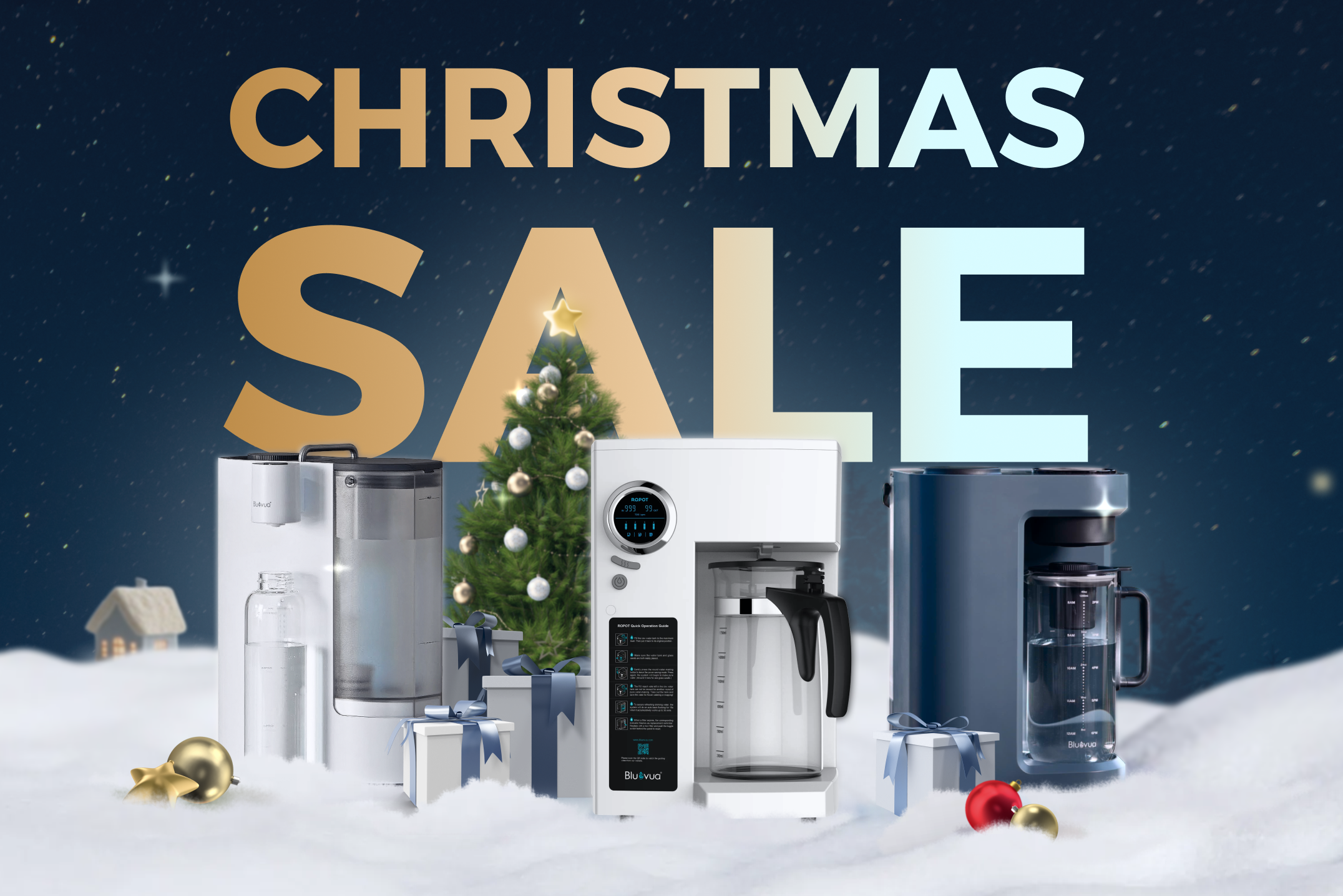
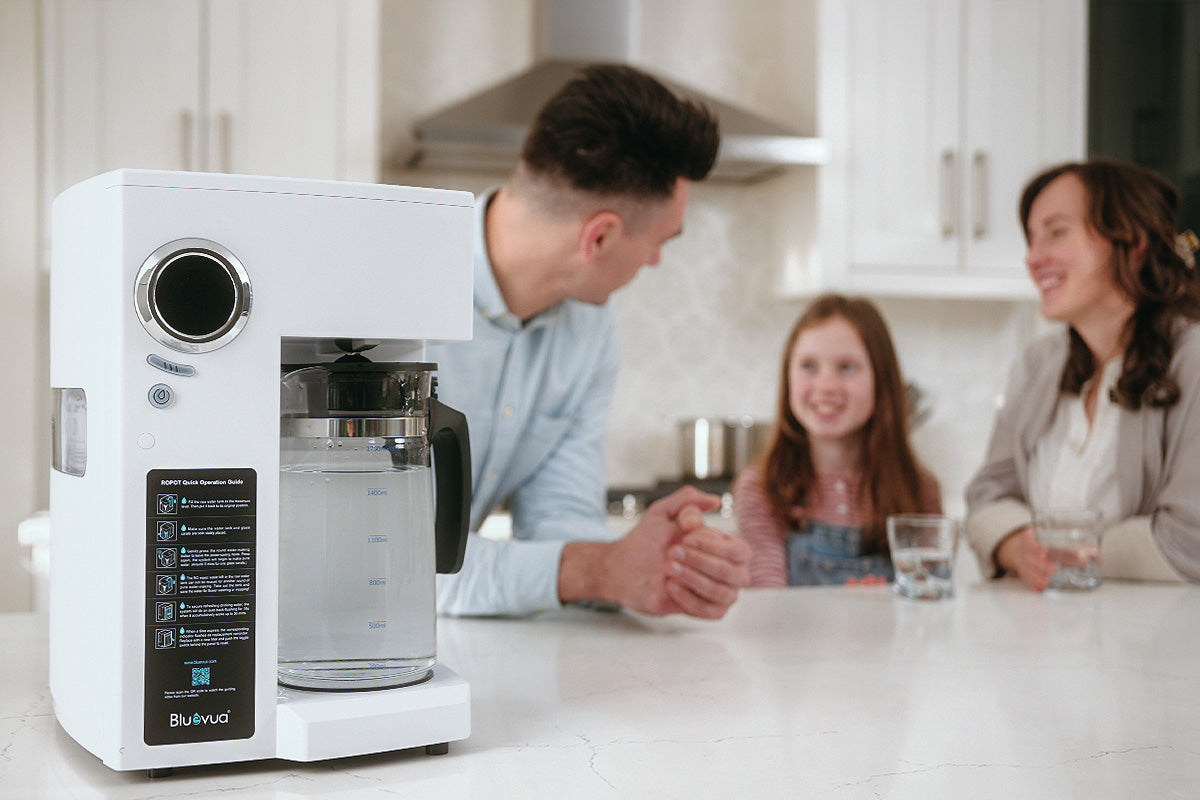
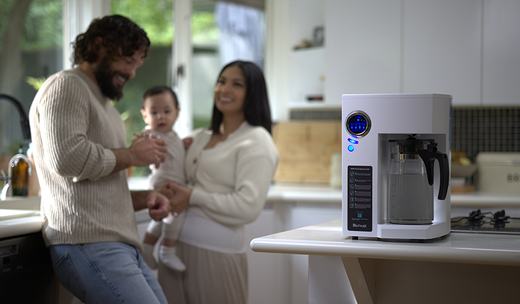
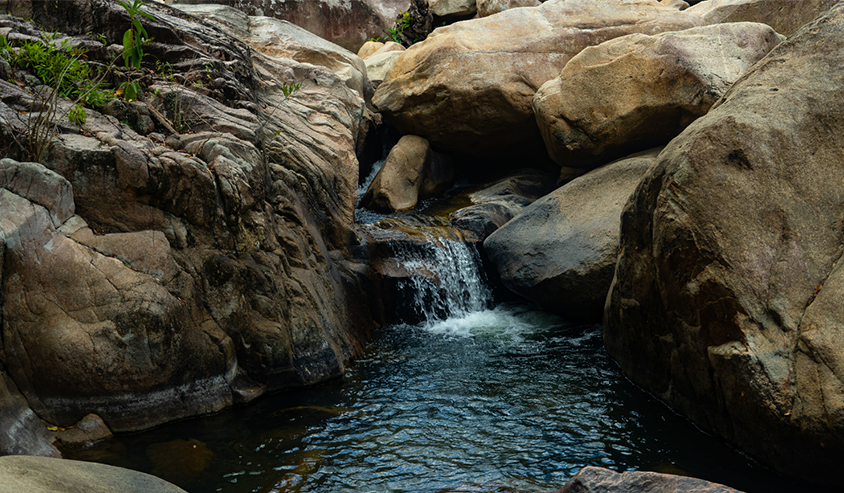
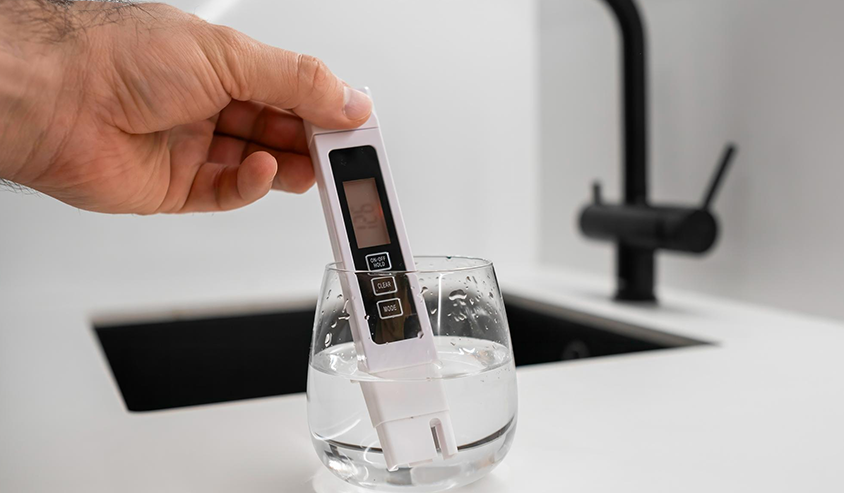
Hinterlasse einen Kommentar
Alle Kommentare werden vor der Veröffentlichung geprüft.
Diese Website ist durch hCaptcha geschützt und es gelten die allgemeinen Geschäftsbedingungen und Datenschutzbestimmungen von hCaptcha.